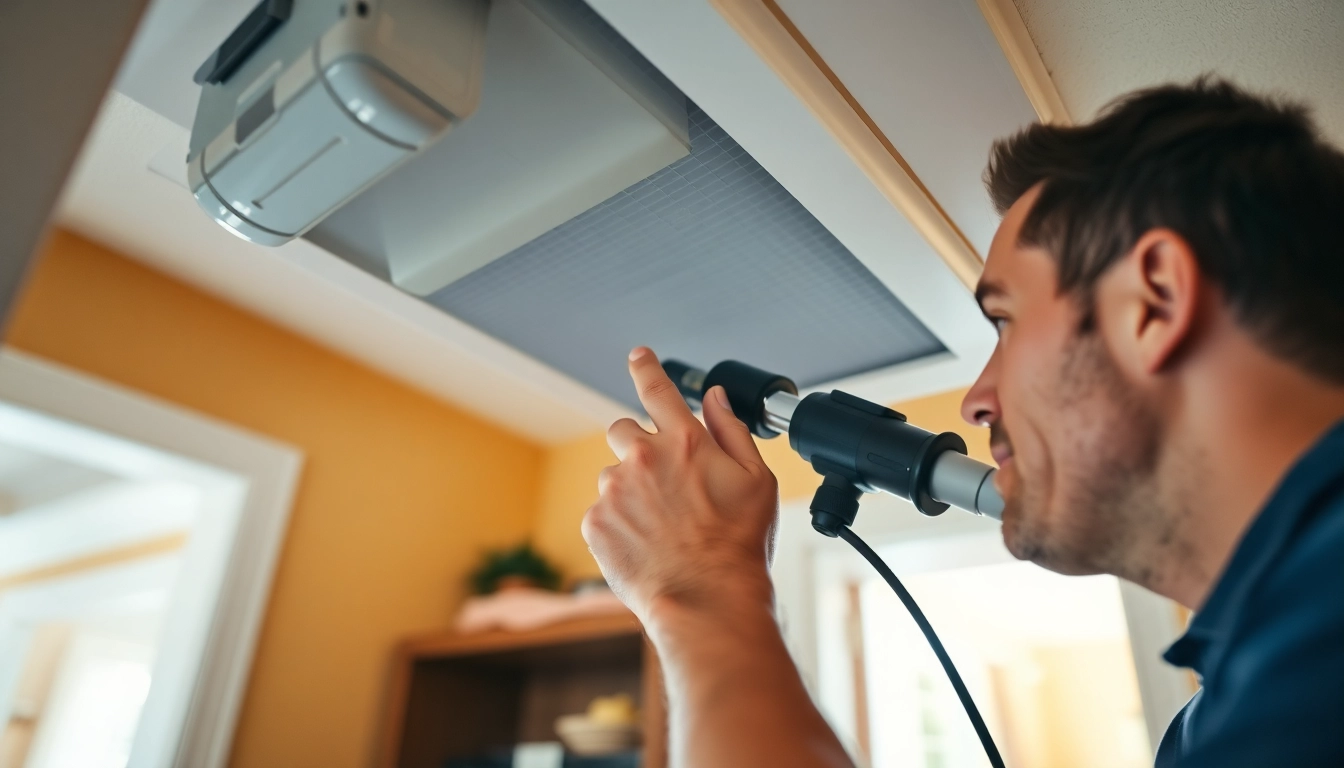Understanding Bed Bugs
What Are Bed Bugs?
Bed bugs are small, reddish-brown insects that thrive on the blood of humans and animals. Scientific name Cimex lectularius, these nocturnal pests are approximately 4-5 mm in size and can easily be mistaken for other pests like ticks or cockroaches. Despite their name, bed bugs can be found in various locations, not just beds. They are often transported through luggage, clothes, and furniture, making them a widespread issue in numerous environments including homes, hotels, and public transportation.
Life Cycle and Behavior
The life cycle of bed bugs comprises several stages: egg, nymph, and adult. Female bed bugs can lay 1-5 eggs daily, leading to rapid population growth. Eggs hatch within a week, and the nymphs require a blood meal to molt through five stages before reaching adulthood. Adult bed bugs can live for several months without feeding, making eradication especially challenging. Their natural inclination to hide in crevices and cracks during the day allows them to evade detection, resulting in a stealthy infestation.
Signs of Infestation
Identifying a bed bug infestation early is crucial to effective bed bug pest control. Common indicators include:
- Small, rusty-colored stains on bedding and furniture – caused by bed bugs crushing themselves after feeding.
- Tiny white eggs or shed skins in and around sleeping areas.
- Dark fecal spots on sheets or mattresses.
- Unexpected bites on exposed skin, often in a linear or clustered pattern.
- Strong, sweet, musty odors resulting from bed bug pheromones.
Prevention Strategies
Creating a Bed Bug-Proof Environment
Preventing bed bugs begins with a proactive approach to creating an environment that discourages their presence. Start by sealing any cracks or crevices in walls, floors, and furniture. Use mattress and box spring encasements specifically designed to trap bed bugs. Additionally, reduce clutter around sleeping areas where bed bugs can hide, and vacuum regularly to remove potential eggs and live specimens.
Regular Inspections and Maintenance
Implementing routine inspections is key in the fight against bed bugs. Check for signs of infestation after returning from travels, particularly in hotel rooms or when acquiring second-hand furniture. Regular thorough cleaning and vacuuming should be part of a household routine. Pay particular attention to seams, folds, and hidden areas in bedding and upholstery.
Traveling Safely to Avoid Bed Bugs
When traveling, be cautious about where you place your belongings. Keep luggage off the floor and furniture in hotels, and inspect beds before unpacking. Avoid placing clothing in drawers; instead, use hard-sided luggage that can be sealed. Once home, immediately wash and dry clothes on high heat, and inspect and vacuum luggage thoroughly to eliminate any uninvited guests.
Do-It-Yourself Bed Bug Control
Effective Home Remedies
While professional treatment is often the most effective way to eliminate a bed bug infestation, some homeowners may prefer to try do-it-yourself (DIY) methods first. A combination of approaches tends to yield the best results:
- Diatomaceous Earth: This natural powder consists of fossilized aquatic organisms. Sprinkling food-grade diatomaceous earth around infested areas can dehydrate and kill bed bugs over time.
- Essential Oils: Certain oils, such as tea tree and lavender, have properties that repel bed bugs and may even kill some. However, results can vary, and they should not be solely relied upon.
Utilizing Steam and Heat Treatments
Heat treatment can be one of the most effective methods of killing bed bugs at all life stages. This can be achieved using a steam cleaner capable of reaching temperatures of at least 130°F (54°C). Focus on seams, crevices, and the underside of mattresses. Ensure you follow safety instructions and verify that the heat reaches 130°F, as lower temperatures may not be effective.
Appropriate Pesticide Use
If opting for a chemical approach, it is essential to select appropriate pesticides designed specifically for bed bugs. Always follow the label instructions carefully and avoid mixing treatments, as this can create dangerous reactions. Non-repellent sprays can be particularly effective, as they are designed to be undetected by the bed bugs, allowing for better contact.
Professional Bed Bug Extermination
Choosing the Right Exterminator
When DIY methods do not yield positive results, enlisting the services of a professional exterminator may be necessary. When choosing a pest control service, consider these factors:
- Experience and Expertise: Seek out companies that specialize in bed bug eradication and have a proven track record.
- Methods Used: Inquire about the techniques they employ. Integrated Pest Management (IPM) is an effective approach that combines multiple strategies for optimal results.
- Guarantees Offered: Look for exterminators that provide warranties or guarantees on their results, indicating confidence in their methods.
What to Expect During Professional Treatment
During a professional extermination, you can expect a thorough inspection followed by treatment options tailored to your home’s specific conditions. Treatments may include heat, pesticides, or a combination of methods. Following treatment, you may need to vacate the premises for a few hours to allow chemicals to settle safely. The exterminator will usually return for follow-up inspections to ensure effectiveness and address any remaining pests.
Cost Considerations for Pest Control Services
The cost of bed bug extermination can vary significantly based on various factors, such as:
- The level of infestation and size of the area needing treatment.
- The treatment methods used—heat treatments tend to be more expensive compared to traditional pesticides.
- Facility type—residential treatments are generally less expensive than commercial-grade extermination.
It’s fundamental to assess the costs and consider the potential for savings in relation to suffering and disturbance caused by bed bugs. Investing in effective treatment can prevent future problems that may lead to higher expenses.
Long-Term Management and Monitoring
Post-Treatment Care
After an extermination, several steps must be taken to ensure a long-lasting bug-free environment. It is essential to follow the exterminator’s instructions precisely regarding returning to your home and any specific measures needed to retain effectiveness. This might include continued vacuuming and avoiding reintroducing items that could contain bed bugs.
Monitoring Tools and Techniques
Continued vigilance is crucial. Invest in monitoring tools such as bed bug traps placed strategically around your home to catch any potential re-emerging pests. Regular inspections can ensure any new infestations are caught early, preventing a larger restart.
Ongoing Prevention Methods
Adopting a proactive approach to prevention following treatment can significantly reduce the risk of a new infestation. Consistently follow good hygiene practices, such as:
- Regularly washing linens and bedding in hot water.
- Using proper encasements for mattresses and box springs.
- Maintaining a clutter-free environment to limit hiding spots.
Staying informed on bed bug-related news and sharing this knowledge with friends and family can also help cultivate a community of preventive measures.



